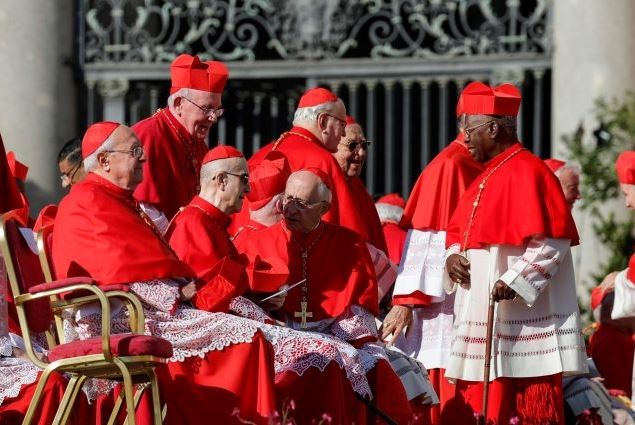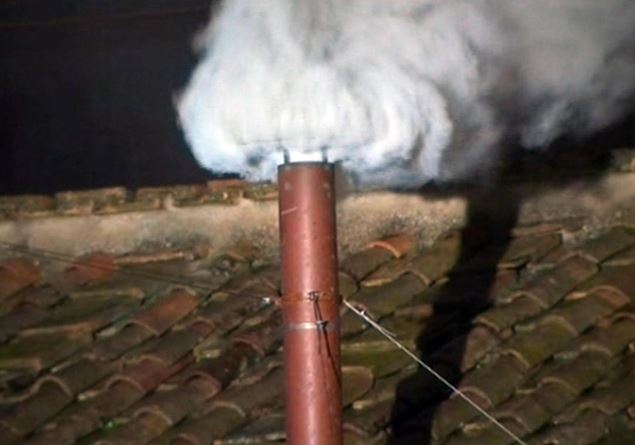In recent times the conclave, the meeting of the cardinals to elect the new pontiff, has become a matter of days, sometimes even hours. Not weeks, not months. The election of the Pope often occurred quickly, driven by the awareness that the Catholic world, and not only, needed a certain guide. From 1922 to today, here’s how much the conclaves that have given the Church have given the last seven Popes to the Church: Pius XI, Pius XII, Paul VI, John Paul I, John Paul II, Benedict XVI and Francesco.
Pius XI (1922)
The conclave that led to the election of Achille Ratti, archbishop of Milan, as Pius XI lasted four days. The 1 February 1922 and the February 6thAfter Fourteen ballots. It was a not obvious election, in which the figure of rats weighed as a bridge between conservatives and innovators.
Pius XII (1939)
The election of Eugenio Pacelli, Secretary of State of Pius XI, took place in a lightning way. The conclave began the 1 March 1939 and the March 2ndAfter only three ballots. A speed record, favored by the highly high international prestige of Pacelli on the eve of the Second World War.
Paolo VI (1963)
After the death of Giovanni XXIII, the conclave that led to the election of Giovanni Battista Montini, archbishop of Milan, like Paolo VI, took place from 19 to 21 June 1963hard Two days and six balls. Montini was considered the natural continuator of the Vatican II council, already opened by his predecessor.
John Paul I (1978)
The conclave of the 25-26 August 1978 He was one of the fastest in recent history. In less than twenty -four hours And Four ballotsthe Cardinals elected Albino Luciani, Patriarch of Venice, who took the name of John Paul I. A “transition” Pope who, however, with his mildness, changed the same face of the papacy, even if for only 33 days.
John Paul II (1978)
After the sudden death of Luciani, the second conclave of 1978 opened the October 14th and the October 16thAfter eight balls. The choice fell on Karol Wojtyła, Archbishop of Krakow: the first Pope not Italian after over 450 years. A conclave marked by the need for stability after the shock.
Benedict XVI (2005)
Upon the death of John Paul II, the cardinals met the April 18, 2005. The conclave lasted very little: the April 19thAfter Four ballots. Joseph Ratzinger, dean of the Cardinal College, was rapidly elected thanks to his doctrinal prestige and the strong request for continuity with the previous pontificate. The white smoke raised from the chimney of the Sistine chapel just on the second day of voting.
(*Source: Peter Seewald, Benedict XVI. A lifeAnd Catholic civilization.)
Francesco (2013)
Eight years later, at the historical renunciation of Benedict XVI, the cardinals found themselves in conclave the March 12, 2013. Also this time, discernment was quick: the March 13thJorge Mario Bergoglio, Archbishop of Buenos Aires, the first Jesuit pope and the first South American of history, was elected to the fifth ballot. Francesco imposed himself as a figure capable of combining the different souls of the Cardinal College, in a time when the Church needed to simplify language and open new roads.
The shortest conclave ever registered lasted just ten hours. Took place in the night between the 31 October and 1 November 1503immediately after the death of Pius III. In record time, the cardinals elected Julius IIborn Giuliano della Rovere (1443-1513), 216th Pope of the Catholic Church. Among the most famous figure in the Renaissance, Julius II was the great patron of Michelangelo And Raffaellothe initiator of the works of the Basilica of San Pietrothe founder of Vatican Museums and of the Swiss guard. To the opposite extreme, the longest conclave in history hard 2 years and 9 months – equal to 1,006 days – And it took place to Viterbo between the November 29, 1268 and the 1 September 1271. An exhausting period, marked by political obstacles and from a heated struggle between the different factions of the Church and the rulers of Europe. The situation unlocked only thanks to the intervention of theEmperor Rodolfo I of Habsburgwhich favored the election of Tedaldo Viscontithen became Gregory X. It was precisely from this endless conclave that decisive reforms were born: Gregory X promulgated the Decretum de Electrion Papaeimposing that the cardinals were closed “cum club”, lockedin an isolated place, deprived of external contacts and subjected to severe living conditions.
During the conclave of Viterbo, in fact, to unlock the impasse, Local authorities reduced food rations And they removed the roof of the building, leaving the cardinals exposed to the weather.








